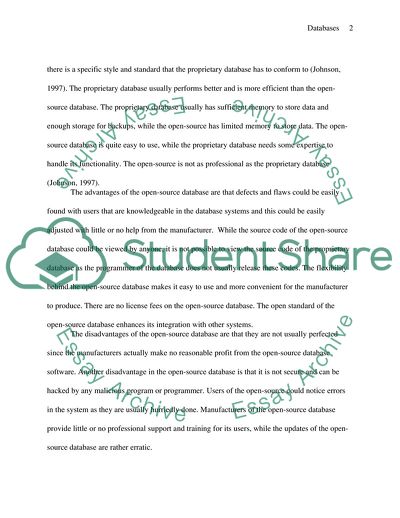Cite this document
(Open-source Database and Proprietary Database Research Paper, n.d.)
Open-source Database and Proprietary Database Research Paper. https://studentshare.org/information-technology/1735393-databases
Open-source Database and Proprietary Database Research Paper. https://studentshare.org/information-technology/1735393-databases
(Open-Source Database and Proprietary Database Research Paper)
Open-Source Database and Proprietary Database Research Paper. https://studentshare.org/information-technology/1735393-databases.
Open-Source Database and Proprietary Database Research Paper. https://studentshare.org/information-technology/1735393-databases.
“Open-Source Database and Proprietary Database Research Paper”. https://studentshare.org/information-technology/1735393-databases.


